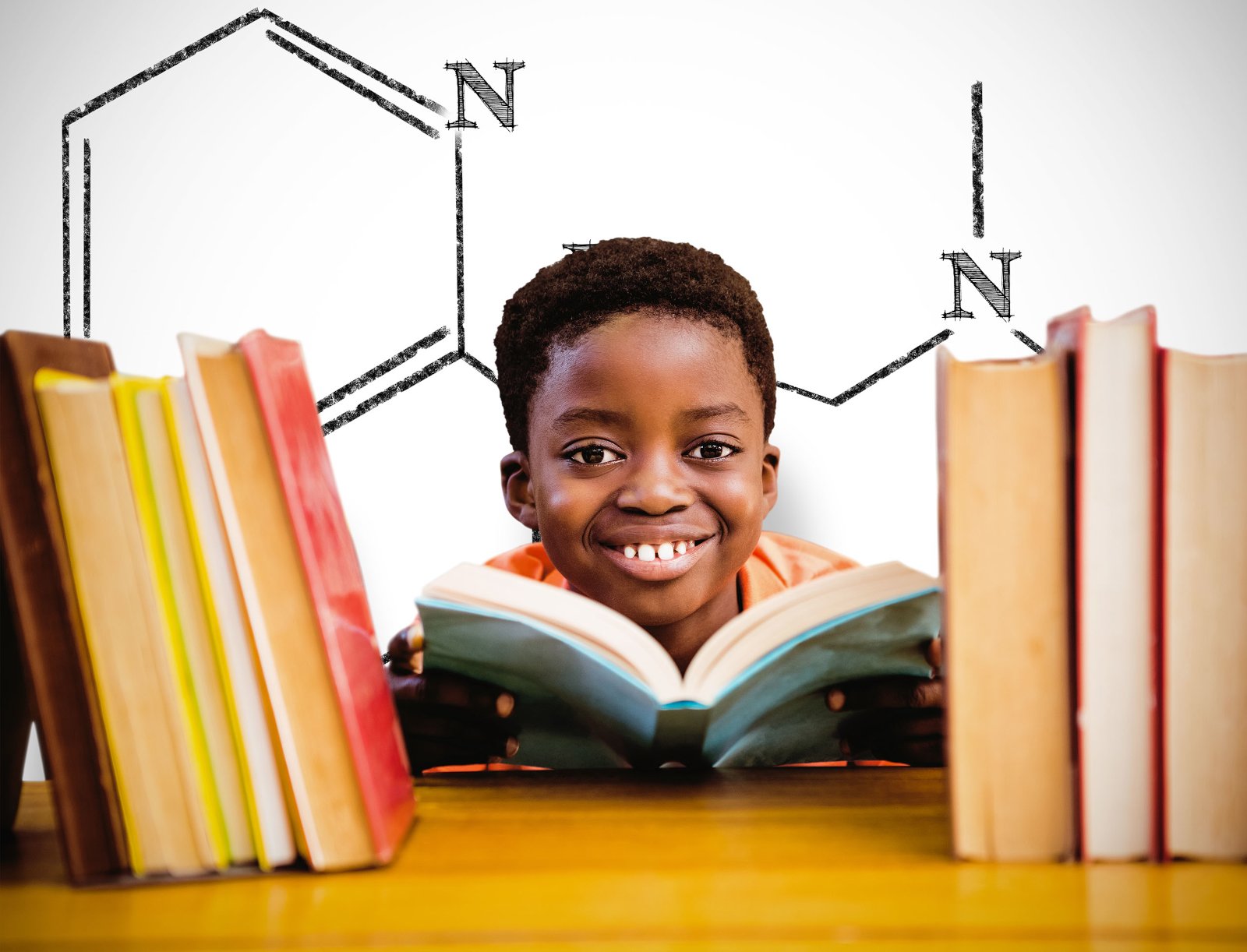
"A goal without a plan is just a wish." Antoine De Saint-Exupery
The Boys Initiative has evolved from concept to operational reality, and will focus on specific action items which constitute The Boys Initiative's Strategic Plan. What follows is a description of those activities and the plans for making them self-sustaining for next year and beyond.

SUBJECT MATTER
- Overview
- Our Mission Statement
- Our Vision
- Goals
- Strategic Plan
- Overall Strategies
- Principal Roles
- Components, Objective, and Activities
OUR MISSION STATEMENT
The Boys Initiative strives to inform the public and recruit advocates who will actively help us implement solutions to the issues and trends affecting the well-being and success of boys and young men in our nation and around the world.
OVERVIEW
The Boys Initiative is a national campaign to raise public awareness of documented trends in recent years pertaining to the challenges impeding the progress of boys and young men.
These trends first became evident in the educational setting as evidenced by troubling data for reading and writing scores, report card grades, motivation and engagement, social adaption, and college attendance. Deep problems are seen in failure and drop-out rates, biological and developmental disabilities, socio-emotional difficulties, learning disabilities, behavioral disorders (such as ADD and ADHD), risky behaviors, and bullying.
It is becoming clear that the struggle for boys is not an isolated academic problem, but part of a more disturbing social trend. Too many boys and young men grapple with drug and alcohol abuse, unemployment, and health-related conditions. Beyond the boys and young men themselves this trend negatively impact families, spouses, and communities in significant ways.
Numerous theories and approaches for addressing the problem have been advanced. This organization has stepped forward to facilitate information sharing on these increasingly important issues.

OUR VISION
We will provide information on the causes, manifestations, and potential solutions to the issues, foster dialogue about them, and collaborate on solutions with those organizations, agencies, and individuals who committed to improving the futures of our boys.
We will accomplish this mission through outreach, partnering, and building coalitions with affected communities, scholars, media sources, policymakers, and other organizations that focus on helping boys and men.
We will reach out to groups that advocate for girls and women, parents and teachers, and adolescent health care providers.
We will serve as a host of other individuals, organizations, and professionals devoted to the wellbeing of our nation's youth, by providing the means for communication and collaboration between and among these groups and the individuals within them.
We will serve as a central source of information on both the causes of the overall problem and possible solutions, serving as a "clearinghouse" for all who are affected by and have an interest in this important subject.
The Boys Initiative will facilitate dialogue on possible methods, programs, or strategies with the potential to make a difference in the lives of our boys and young men.

GOALS
The Boys Initiative has the following goals:
- Strengthen our website, our weekly blog, and our presence on Facebook, Twitter, and Instagram.
- Raise visibility through outreach to media and related national organizations.
- Compile a comprehensive list of organizations, agencies, and individuals that are an audience for The Boys Initiative's message or may be potential partners on specific projects or activities.
- Strengthen relationships with current members and grow the National Affinity Network.
- Sponsor seminars, briefings, and webcasts.
- Engage in outreach to a diverse range of organizations, government entities, and individuals including health and education related organizations, federal and state level health and education agencies, and other public officials.

OVERALL STRATEGIES
The Boys Initiative supports many strategies to help improve the lives and futures of boys including:
- More research regarding boys; developmental needs and learning differences.
- Early intervention as a means to develop literacy skills and a positive attitude about school.
- Mentoring and greater parental and community involvment.
- More flexibility for educators in trying different techniques to reach and teach boys.
- Better efforts to meet the social, emotional, development, and behavioral needs of boys.
- Educating policymakers about the needs for specialized programs to boost boys' educational outcomes and mental health.
- Creating a culture of support for boys.
Principal Roles
- Providing Information: The Boys Initiative's audiences include parents, teachers, counselors, academics, health care providers, policymakers, and the general public. In addition to serving as a clearinghouse for information exchange among and between these various individuals and groups, The Boys Initiative is dedicated to forging dialogue and collaboration on issues pertaining to both boys and girls.
- Communicating: If we are to successfully address the detrimental issues facing boys and young men, their importance must be communicated to society as a whole and to stakeholders and organizations that can contribute to solutions. The Boys Initiative's brand outreach is a cornerstone of this effort. Among other things, The Boys Initiative is developing a focused database of organizations, agencies, corporations, and the media that have, or could have an interest in the future of boys. The Boys Initiative reaches out to legislators and policymakers to identify champions for boys' issues. Finally, The Boys Initiative will expand its expert speakers program, to place knowledge presenters in various forums to raise awareness of the problems and the ways The Boys Initiative is addressing them.
- Providing Resources: In addition to compiling information on boys, The Boys Initiative offers a variety of resources. These include an online library of popular media and scholarly articles, an online data bank of experts, a weekly blog, tools for parents and others such as "how to" materials. The Boys initiative provides the architecture and resources for a national network of parents, teachers, and others who are addressing the issue at the local level.
Components, objectives, and activities
Component One: Outreach
Objective: To identify and engage individuals, organizations, and entitles whose missions or activities relate to the issues pursued by The Boys Initiative.
Activity 1: Develop relationships with key stakeholders who become engaged with The Boys Initiative through its outreach efforts, e.g. Congressional and Executive staff, foundations, nonprofit organizations, corporations, media.
Activity 2: Communication frequently via e-mail with these groups and individuals about The Boys Initiative events or projects that might be of interest. Develop ways of engaging allies and the public through interactive methods (e.g. surveys, social and other media, Twitter, Facebook, etc.).
Activity 3: Develop connections with media and arrange for interviews with experts, speakers.
Activity 4: Develop incentives for media engagement (e.g. access to experts) as well as internal structures to ensure rapid and meaningful response to inquiries.
Activity 5: Continue outreach to policymakers to improve awareness of the needs of boys and young men.
Activity 6: Identify and contact potential funders and partnering organizations that could provide collaboration and support.
Component Two: Services and Resources
Objective: To further develop services initiated to date, including the provision of resources, and to expand the services The Boys Initiative provides to stakeholders.
Activity 1: Strengthen relationships with current members and grow the National Affinity Network in the following ways: a) increase number and geographic diversity of participants; b) develop resources for participants; c) facilitate ongoing interaction among participants and d) publicize the activities of the network.
Activity 2: Continue to build a) online libraries of scholarly articles and popular media on relevant subjects; b) expert data bank; c) media expert bank; d) online tools and resources for parents and others.
Activity 3: Develop targeted services and materials for specific constituency groups.
Activity 4: Build and publicize the weekly blog, to become one of the foremost national resources for timely information on boy's issues.
Activity 5: Continually update and strengthen our website.
Component Three: Engage Allies and Experts
Objective: To further identify and engage subject matter experts, spokesperson partners, and advocates.
Activity 1: Expand Board of Advisors by developing incentives for participation.
Activity 2: Expand national speaker's bureau.
Activity 3: Identify and enlist potential allies that can serve as advocates and partners for The Boys Initiative's mission and programs.
Activity 4: Identify and recruit local and national spokespersons, including celebrities.
Component Four: Initiate Special Projects
Objective: To identify, develop and launch collaborative special projects to draw attention to boys' issues and address them in constructive ways.
Activity 1: As part of outreach, identify and explore collaborative/partnership opportunities with allies and other organizations.
Activity 2: In conjunction with other national organizations, develop projects to sponsor a national summit on boys' issues and engage leaders at the federal, state and local levels in efforts to address issues identified by the summit.
Component Five: Policy Education
Objective: To identify, monitor and publicize relevant public policy activities and debates.
Activity 1: Identify related organizations that have a strong public policy presence to serve as potential sources for information on public policy issues.
Activity 2: Identify and inform key policymakers.
Component Six: Fundraising
Objective: To raise funds sufficient to support the activities of the organizations.
Activity 1: Identify potential funders and engage in outreach and dialogue.
Activity 2: Prepare and submit funding proposals.
Component Seven: Human and Other Resources/Management
Objective: To ensure necessary levels of human resource support, nurture high levels or satisfaction and enthusiasm, and promote professionalism.
Activity 1: Develop and articulate volunteer roles (including internships) and engage in volunteer recruitment.
Activity 2: Develop incentives for volunteer participation.
Activity 3: Coordinate volunteer and advisory board participation.
Activity 4: Enlist and engage volunteers in fundraising efforts.
Activity 5: Hire, oversee, and manage staff, consultants, and volunteers.
Activity 6: Manage IRS forms and fulfill requirements to protect TBI's 501 (c) status.
